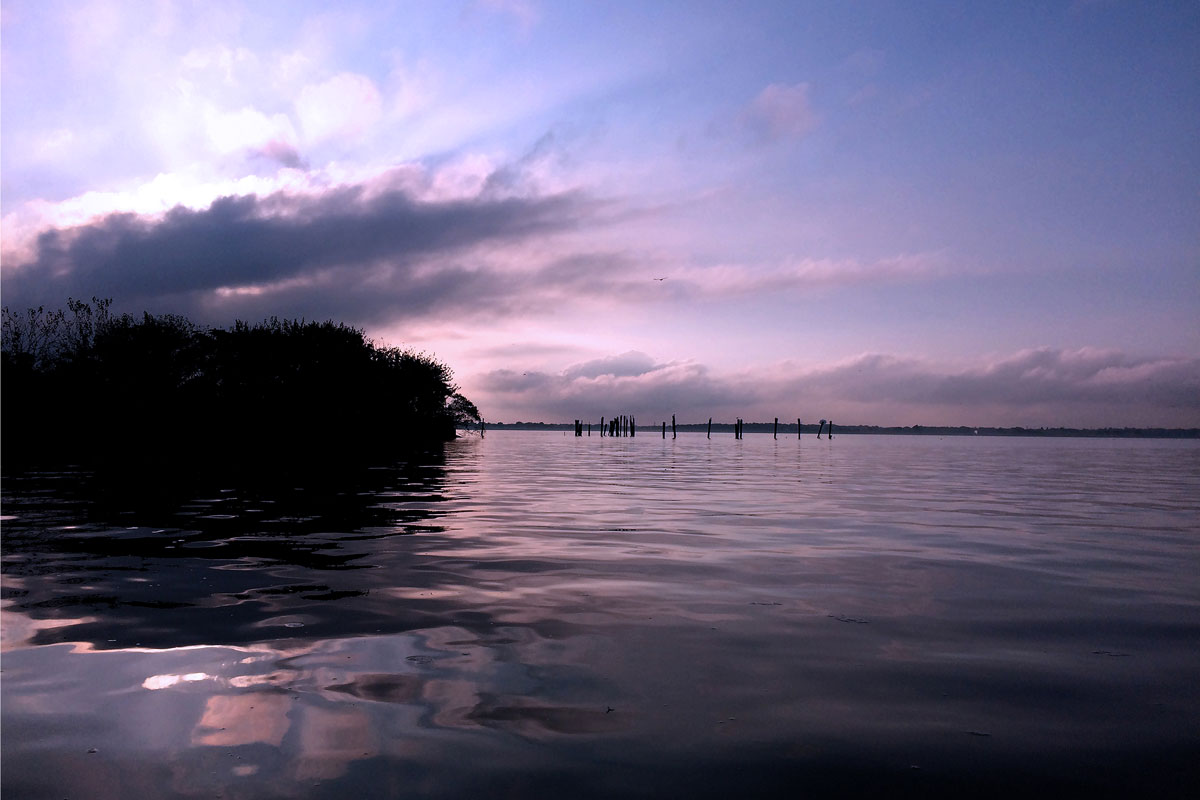
Congress votes to invest $50 Million In Nation’s Estuaries
Local orgs like the Partnership for the Delaware Estuary could benefit from this new legislation.
The Protect and Restore America’s Estuaries Act, which supports national estuaires and nearly doubles funding to $50 million, was signed into law on January 13, 2021.
The National Estuary Program (NEP) is a non-regulatory program that enables communities to restore and protect the bays and estuaries. Locally, the Delaware Estuary and its host Partnership for the Delaware Estuary (PDE), is one of 28 “estuaries of national significance” that will benefit directly from this legislation.
Each NEP could receive as much as $1 million each year under the new law. The Partnership for the Delaware Estuary works with local communities to protect the coastal resources critical to local tourism, commerce, storm protection, clean water, and marine-based food supply such as fisheries and aquaculture. Threats from climate change, pollution, harmful algal blooms, accelerating land loss, and risks to biodiversity threaten these vital resources.
The Partnership for the Delaware Estuary boasts a few accomplishments in 2020: recycled more than 17,000 pounds of oyster shells for restoration projects, over 60 virtual programs during the Delaware River Festival, installed a dozen new groundwater monitoring wells, and studied over 22,000 stems of cordgrass to track saltwater intrusion impacts. Over the past three years, it reinforced 1,300 feet of living shoreline in Delaware, Pennsylvania and New Jersey with recycled oyster shells.
Cover photo: Wetlands, courtesy of Partnership for the Delaware Estuary









